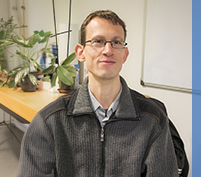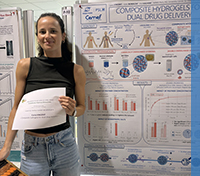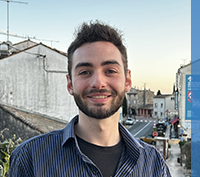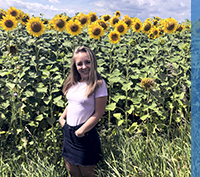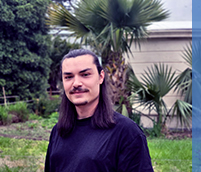PhD defence of Alexis Queva
Alexis Queva defends his PhD in Numerical Mechanics and Materials on July 19, 21
Multiphysics mesoscopic numerical simulation of the Laser Powder Bed Fusion process – Application to aeronautical metallic alloys

Alexis Queva conducted his PhD work in the 2MS team under the supervision of Michel Bellet and Gildas Guillemot in the framework of project with SAFRAN. Alexis defends his PhD in Numerical Mechanics and Materials on July 19th, 2021 in front of the following jury:
Abstract:
The Laser Powder Bed Fusion (LPBF) additive manufacturing process applied to metallic materials has been developed to manufacture parts from the selective fusion of powder bed layers which are successively built. This innovative process enables the manufacture of complex parts, which are lighter and therefore more efficient. However, the application of this technology, particularly in aeronautics, is limited by the large number of process parameters and complex physical phenomena that make its control challenging. It is necessary to get a better understanding of the physical mechanisms during laser-matter interaction, governing both heat transfer and melt pool dynamics. Consequently, a multiphysics numerical model of the LPBF process applied to metallic materials, based on previous achievements of a similar model applied to ceramic materials, is developed. This finite element model is performed at the melt pool scale where the powder bed is modeled as an equivalent continuous medium to find a balance between reasonable computation time and modeling fidelity. The Level Set method is used to follow the displacement of the interface between the metal domain and the protective gas. The phenomena related to the partial vaporization of the melt pool such as energy loss and recoil pressure are introduced to get a fine description of their consequences on heat transfer and melt pool dynamics. These implementations were validated through a collaborative benchmark. The model handles the simulation of the building of a single track, adjacent tracks to the building of several layers. The model demonstrates its ability to predict the influence of process parameters such as laser power, scan speed, laser beam diameter, building strategy and as well as material properties on heat transfer, melt pool dynamics and molten zones morphology. The model has been validated on multiple configurations (single track, adjacent tracks, multi-layers), highlighting the interest of developing such numerical approach to better understand the influence of the process parameters on the melting conditions and melted zones morphology. Thus, the model can help to define process windows guaranteeing good material soundness.

Keywords: Additive manufacturing – Modeling – Level Set – Vaporization phenomena – Melt pool dynamics




